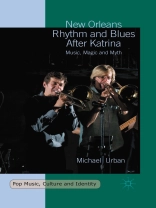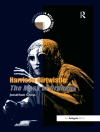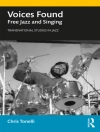Music, magic and myth are elements essential to the identities of New Orleans musicians. The city’s singular contributions to popular music around the world have been unrivaled; performing this music authentically requires collective improvisation, taking performers on sonorous sojourns in unanticipated, ‘magical’ moments; and membership in the city’s musical community entails participation in the myth of New Orleans, breathing new life into its storied traditions. On the basis of 56 open-ended interviews with those in the city’s musical community, Michael Urban discovers that, indeed, community is what it is all about. In their own words, informants explain that commercial concerns are eclipsed by the pleasure of playing in ‘one big band’ that disassembles daily into smaller performing units whose rosters are fluid, such that, over time, ‘everybody plays with everybody’. Although Hurricane Katrina nearly terminated the city, New Orleans and its music—in no small part due to the sacrifices and labors of its musicians—have come back even stronger. Dancing to their own drum, New Orleanians again prove themselves to be admirably out of step with the rest of America.
Содержание
1. Introduction
2. New Orleans Musicians
3. New Orleans Rhythm and Blues in Historical Perspective
4. Katrina and After
5. New Orleans Rhythm and Blues in Contemporary Perspective
6. Supporting Roles
7. Conclusion
Об авторе
Michael Urban is Emeritus Professor of Politics at the University of California, Santa Cruz, USA. Although his career has focused on the study of Russian politics—yielding titles such as The Rebirth of Politics in Russia (1997) and Cultures of Power in Post-Communist Russia (2010) — it has also included space for the study of music and community — as in Russia Gets the Blues: Music, Culture and Community in Unsettled Times (2004) — which is extended with the present volume.












